Puente Hills Mall: Freeways and the Promise of Suburban Retail
Before it was a pilgrimage site for movie fans and retail ruin-tourists, Puente Hills Mall was a statement of confidence, a bright new hub meant to organize shopping, leisure, and daily life.
It rose in the mid-1970s at 1600 South Azusa Avenue, a cross-shaped, climate-controlled promise planted in 94 acres of the City of Industry, aimed squarely at the growing suburbs of the San Gabriel Valley.
The Pomona Freeway had just opened, and the mall was essentially an architectural off-ramp: leave the new highway, enter a new way of spending time and money.
The opening came in careful phases. The Broadway arrived first on February 18, 1974, with three levels and 160,000 square feet of carpets, china, and aspirational wardrobes.
J.W. Robinson's followed in March with roughly 158,000 square feet across two floors; Sears joined in April with 129,000 square feet and its own auto center.
JCPenney closed the anchor square on April 16, 1975, bringing 150,000 square feet and a reassuringly familiar catalog brand.
By March 1975, the mall had around 150 shops; by that September, it was boasting 152 stores and services and talking, without much modesty, about an adjacent 41-acre auto mall and a home improvement and furnishings district.
The plan was not just to be a mall but to be gravity. Early tenants ranged from Harris and Frank menswear and The Gap to Security Pacific Bank, Pasadena Federal Savings, and Bank of America.
It was here, on September 12, 1974, that the very first Foot Locker opened, a modest storefront that would eventually be duplicated in nearly every big mall in America.
Twin Pines Mall Nights: Movies, Midnight, and Time Travel
From the start, Puente Hills Mall knew that shopping by itself would not keep people coming back. On December 22, 1974, a separate American Multicinema with six screens opened, making the property a place to go at night.
Another separate theater, AMC Puente East 4, opened on April 4, 1980, helping the mall become part of the area's movie traditions.
Then, in January 1985, the south parking lot was briefly promoted from backdrop to star. The space became the Twin Pines Mall, later Lone Pine Mall, in the film "Back to the Future."
With arc lights shining and the fronts of JCPenney and Robinson's glowing behind, a DeLorean and a teenager named Marty McFly turned this regional mall into a lasting part of global pop culture.
The mall did not have to act. It simply did what malls do late at night: sat still under sodium vapor while strange things happened in its lot. The movie left a residue.
According to the film's creators, fans began showing up in the early hours of October 26, 1985, the date Marty travels to in the story, just in case the space between fiction and asphalt had thinned.
In October 2015, the mall leaned into its fate, installing replicas of the Twin Pines Mall sign, a time machine, and the white Dr. E. Brown Enterprises truck in the parking lot.
By then, the mall was already in trouble, but the cameras that came were now pointed at memory rather than merchandise.

Carousel Omens, Koi Ponds, and Reinvention
By the early 1990s, the smooth arc of the mall's life had begun to kink. In 1993, J.W. Robinson's took on the new name Robinsons May after a merger, a reminder that the old department store order was slipping.
Competition from newer centers, including a town center in Montebello that opened in 1988, chipped away at sales.
The real blow landed in 1996, when the Broadway store at Puente Hills closed as part of Macy's parent company's takeover, and JCPenney followed that October.
Occupancy sagged to about 50 percent. For a mall, it is a dangerous thing to hear your own echo.
That same year, the Krausz Company bought the property and decided to bet on reinvention rather than managed decline.
A $35 million renovation plan tore down the empty Broadway building and replaced it with a new entertainment wing anchored by a 20-screen AMC megaplex and a nine-bay food court.
AMC Puente Hills 20 opened on April 18, 1997, offering the kind of stadium seating and sound that made the original cinemas look suddenly provincial.
In the center court, the work turned quasi-spiritual. A 1907 carousel installed in 1991 had been meant as a nostalgic centerpiece.
A feng shui consultant examined it and declared that its rotation was sending prosperity out of the building instead of drawing it in.
The carousel was removed. In its place came an East Asian style koi pond, a winding stream, waterfalls, and a daylight device called Sundance that caught and redirected sunlight under the octagonal skylight.
The polished granite fountain survived, but now shared the stage with a very literal attempt to turn the mall's luck around.
From Macy's Signs to Empty Boxes
The late 1990s briefly rewarded the optimism. By 1998, a new roster of tenants filled the once-empty boxes.
Ross Dress for Less arrived, followed by Circuit City, Linens 'n Things, Borders, CompUSA, and the Spectrum Club fitness center, which would later become 24 Hour Fitness.
Burlington Coat Factory opened in October 1998 with 82,000 square feet of apparel, and the health club grew into a two-level, 47,000 square foot anchor in its own right.
Leasing staff could boast that nearly all 155 shop spaces were spoken for.
The 2000s, however, were less sentimental. In 2005, Federated Department Stores bought May Department Stores.
By September 2006, the Robinsons-May at Puente Hills had been turned into a Macy's, replacing one old department store name with another.
The same month, Borders announced it would close, an early casualty of the shift from paper to pixels.
That year, the koi pond that had replaced the carousel was itself removed, with its fish moved to Sycamore Lake at Rose Hills Memorial Park in Whittier.
The symbolic center of the mall had gone from horses to fish to bare floor in fifteen years.
By 2008 and 2009, the wider retail economy was cracking. Linens 'n Things closed as the chain pivoted and then collapsed.
Circuit City and CompUSA disappeared under the weight of bankruptcy. Puente Hills shed anchors like leaves.
A full interior makeover, completed in 2007, tried once more to align the building with its overwhelmingly Asian customer base, drawing on feng shui principles and recruiting more Asian oriented retailers and restaurants, but the tide of national chains was already moving out.

Hybrid Entertainment, Ghost Mall Mornings, and Stalled Renovations
A new kind of anchor arrived in August 2010, when Round 1 Bowling & Amusement opened in the former Linens 'n Things space.
The Japanese company chose Puente Hills for its first American and first overseas store, bringing bowling lanes, arcade machines, karaoke rooms, and crane games into a single, neon-bright box.
In June 2011, Toys "R" Us opened in the old Circuit City space, relocating from a nearby plaza on Gale Avenue. For a moment, the mall felt more like a test case for hybrid entertainment.
The reprieve did not last. Toys "R" Us closed on April 15, 2018, as the chain unwound its entire American footprint in bankruptcy.
On May 31, 2018, Sears announced that its Puente Hills store, one of the original 1974 anchors, would close as part of a 72-store reduction; the doors shut in September.
On December 1, 2019, Forever 21 announced that its location at the mall would close, along with many others; it went dark in January 2020.
Around the same time, mall management floated another renovation plan: Phase 1 would refresh the food court and interiors, and Phase 2 would carve an indoor-outdoor promenade from the enclosed corridors.
The pandemic arrived instead. While some interior work was completed, much of the plan stalled. Walled off stretches of corridor lingered, half suggestion, half caution tape.
In January 2022, Macy's announced that it would close in the first quarter of the year; by March, that anchor too was gone.
Burlington, which had helped rescue the mall in 1998, was leaving in March 2024.
Between 2018 and 2024, H&M, Foot Locker, Champs Sports, Fanatics, Bath & Body Works, and Victoria's Secret all departed, turning the familiar mid-mall lineup into a sequence of darkened storefronts.
Owners, lenders, and the Industry machine
Architecture ages slowly; capital does not. Over five decades, Puente Hills Mall has passed through a procession of owners and balance sheets.
The Hahn Company, which developed the center and once dominated mall building in the West, eventually ceded control.
The Krausz Company took over in 1996, just in time to fund the AMC megaplex and feng shui makeover.
Later, interests linked to Washington Prime Group and its successor WP Glimcher held the property, tying Puente Hills to a portfolio of malls across the country.
Washington Prime filed for Chapter 11 in June 2021, a casualty of pandemic lockdowns layered on top of years of declining traffic.
In 2014, Kam Sang Company, a developer with deep roots in Asian American hospitality and real estate, bought the mall.
The match looked plausible on paper: an Asian focused owner for a center increasingly serving Asian American households.
The relationship was not very long. By 2024, the asset was being repositioned yet again.
In August 2024, a joint venture between RCB Equities and Real Estate Development Associates secured a $115 million loan from Hankey Capital to acquire the mall, in a transaction arranged by JLL Capital Markets.
The new owners plan to work with the City of Industry and TA Group on the redevelopment of the 56-acre site.
The property has high-capacity power infrastructure and is adjacent to State Route 60, with nearby connections to State Route 57, I-10, and I-605.

Back to the Future of a Dying Mall Lot
Walk through the mall in 2025, and the contrast between the building's aspirations and its present is immediate.
AMC's 20-screen complex still runs at 1560 South Azusa Avenue, offering IMAX with Laser technology, Dolby Cinema, and reclining seats.
Round 1 pulses with the comforting noise of bowling balls and arcade soundtracks.
A Haidilao Hotpot restaurant draws lines that would have made any 1990s apparel tenant jealous. But most of the interior corridors are thinly populated.
Outside, the property continues to function as a Foothill Transit Center stop, with routes 482, 289, 185, and 178 using the mall as a midpoint between the Inland Empire and deeper Los Angeles County.
Transit riders spill onto the site whether or not they plan to buy anything, a small but steady countercurrent to the overall emptiness.
Nearby, other retail projects fare better. A Costco roughly a mile away thrives. Frank & Son Collectible Show draws fans from across the region.
A Krispy Kreme does brisk trade in sugar and nostalgia. Puente Hills Mall sits among these successes like a cautionary tale in concrete form.

Demographics, Decline, and Redevelopment Plans
By the 2000s, the area around Puente Hills Mall had become a major Asian American corridor: about 36 percent of Hacienda Heights and roughly half of Rowland Heights were Asian, anchored by the 15-acre Hsi Lai Temple and the dense commercial strip along Colima Road.
In the late 1990s and early 2000s, the mall tried to plug into that reality with feng shui-inspired redesigns and a push for Asian-oriented tenants, which did briefly drive occupancy back toward full.
The larger retail trend was still down. Industry studies and commentators have warned that many U.S. regional malls are likely to close or be substantially redeveloped.
Puente Hills fits the pattern: its cross-shaped plan and octagonal skylight remain, but most of the tenants are gone.
Today, the new owners talk about turning the site into a "vibrant, modern business generator" that aligns with the industrial character of the City of Industry and the surrounding community.
They have not yet released a detailed plan, but across the country, comparable malls have been reborn with mixtures of housing, workplaces, logistics space, new kinds of stores, and entertainment uses, and Puente Hills is now being marketed as that sort of redevelopment opportunity.
For now, though, the most widely remembered story is still that night in 1985 when a temporary mall sign and a stainless steel car briefly made Puente Hills the center of attention.
The building has spent nearly fifty years trying, with mixed results, to stay up to date.
The south parking lot, where those scenes were filmed, still looks plain and familiar in 2025; it may be one of the last pieces of the old mall to change.

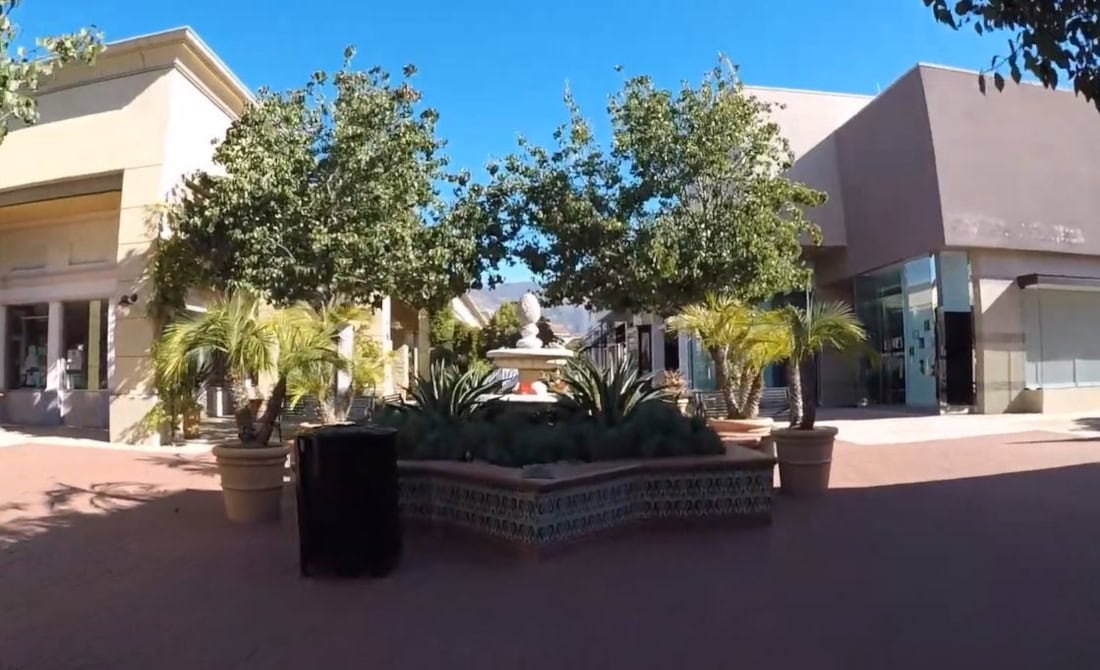
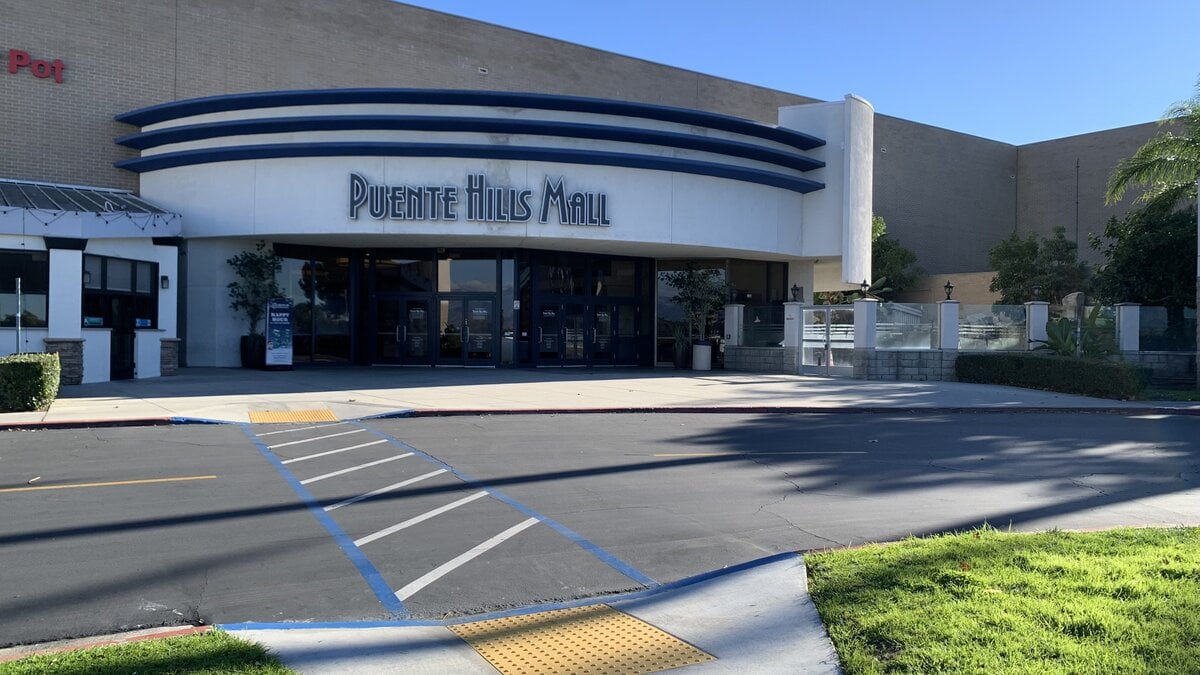
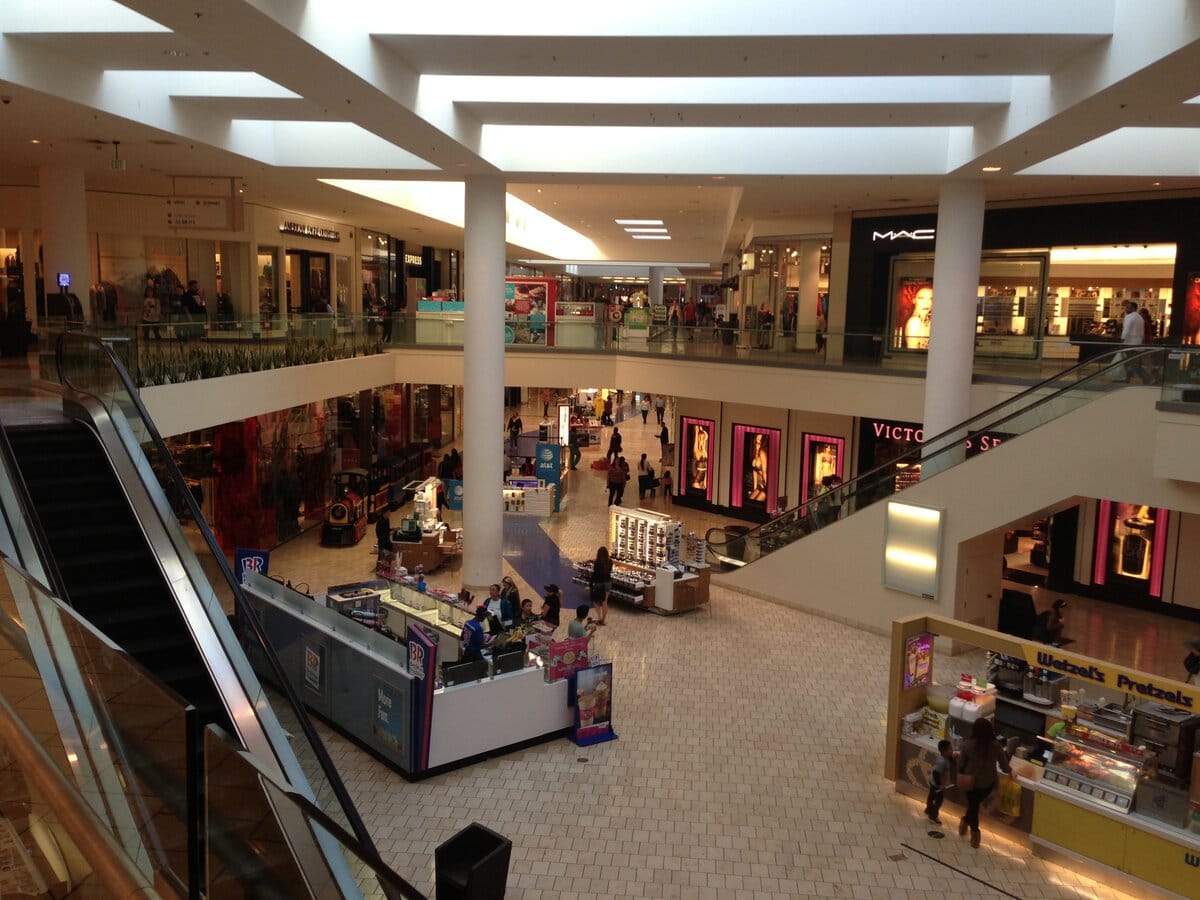
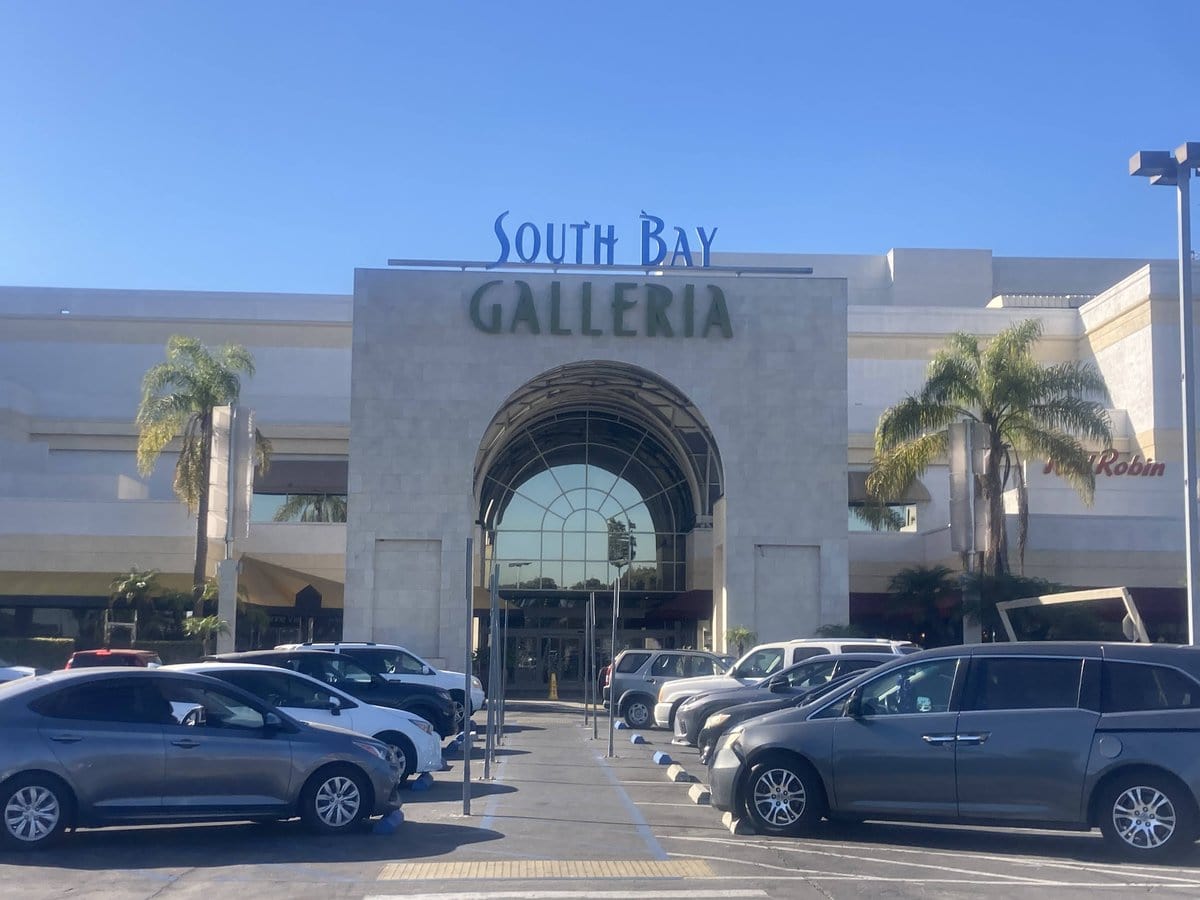
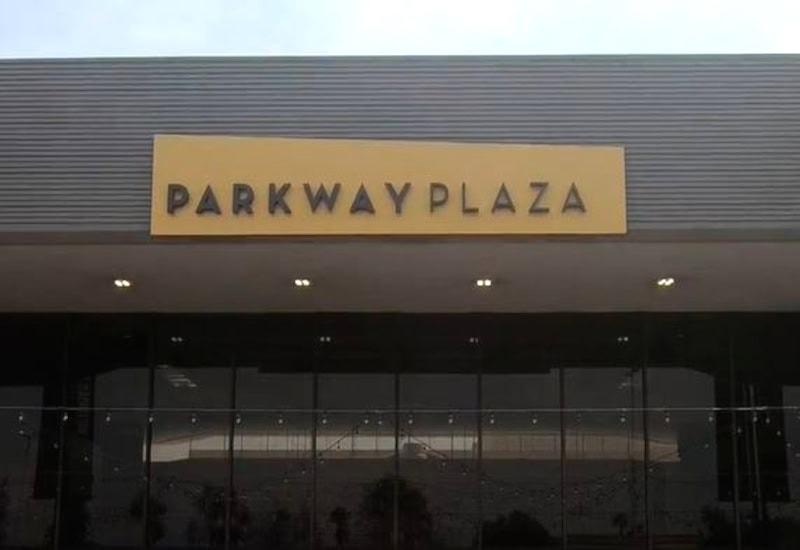
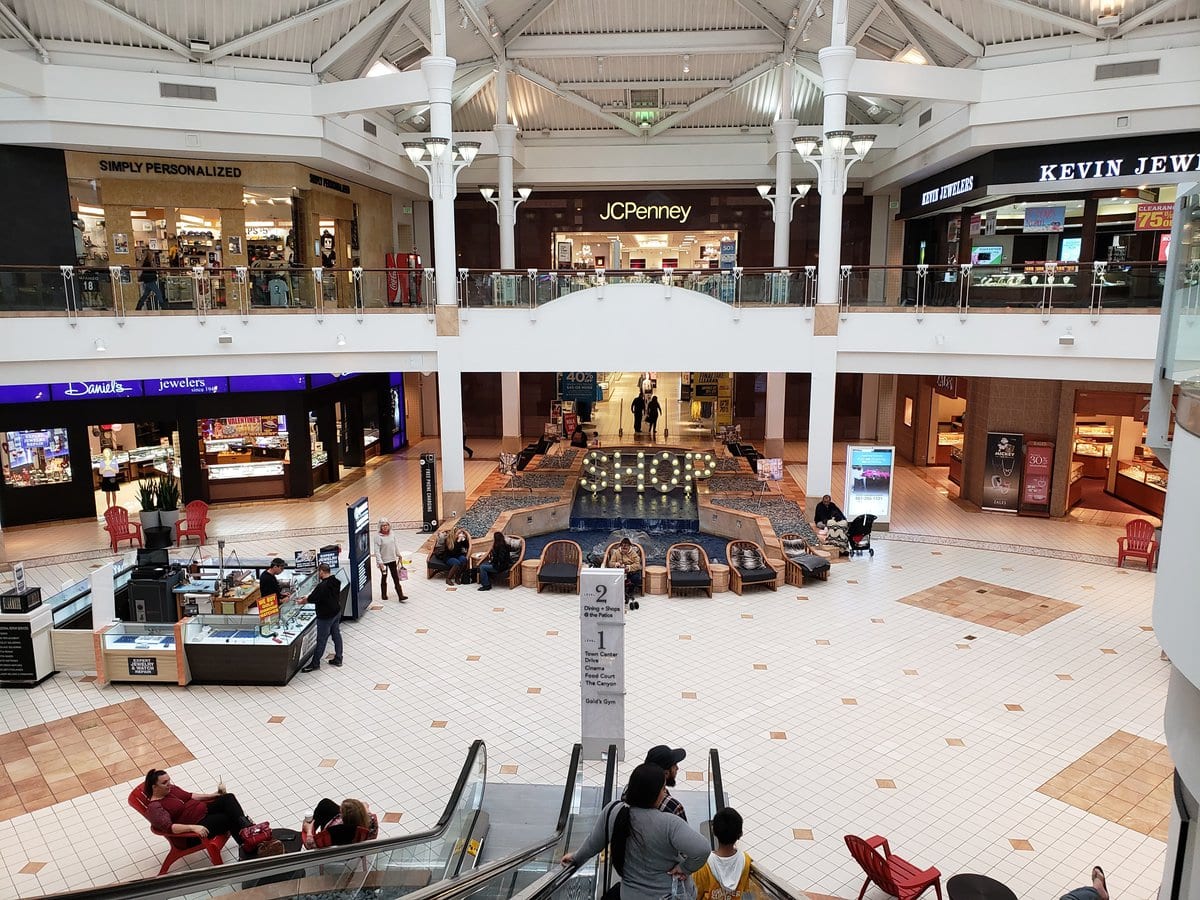
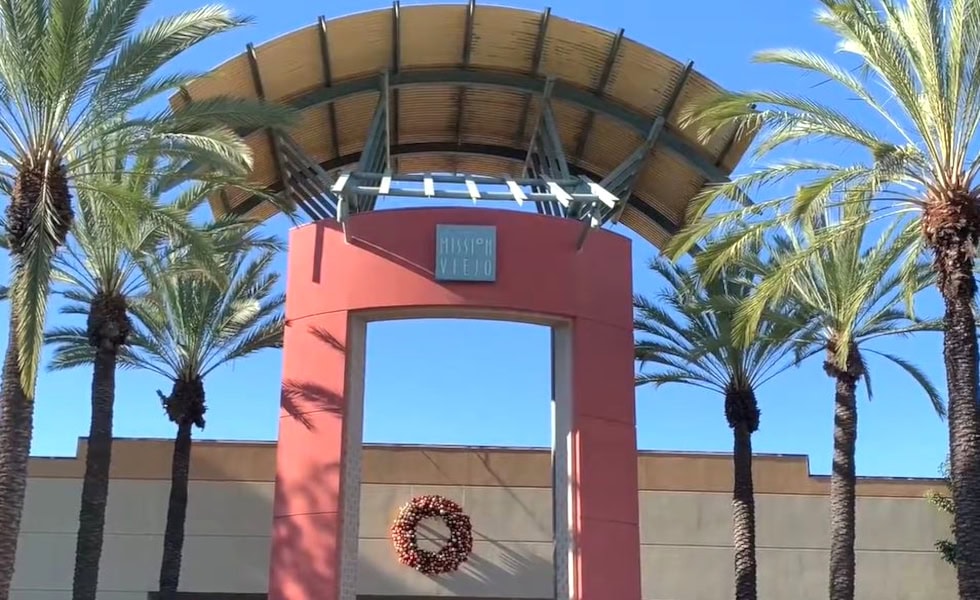
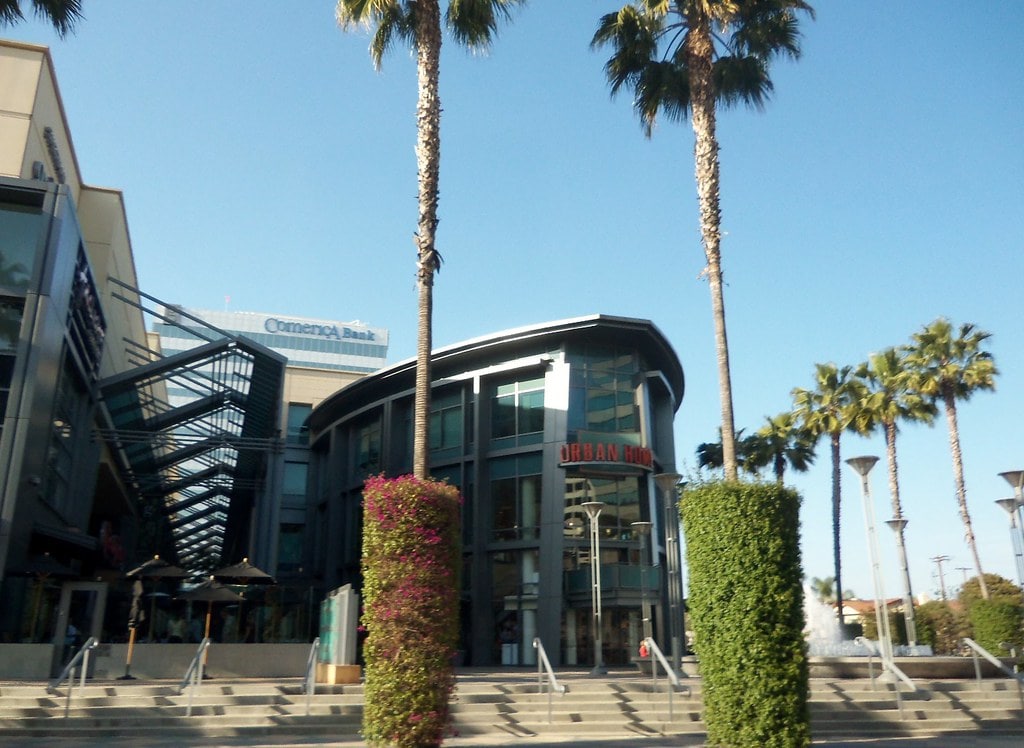

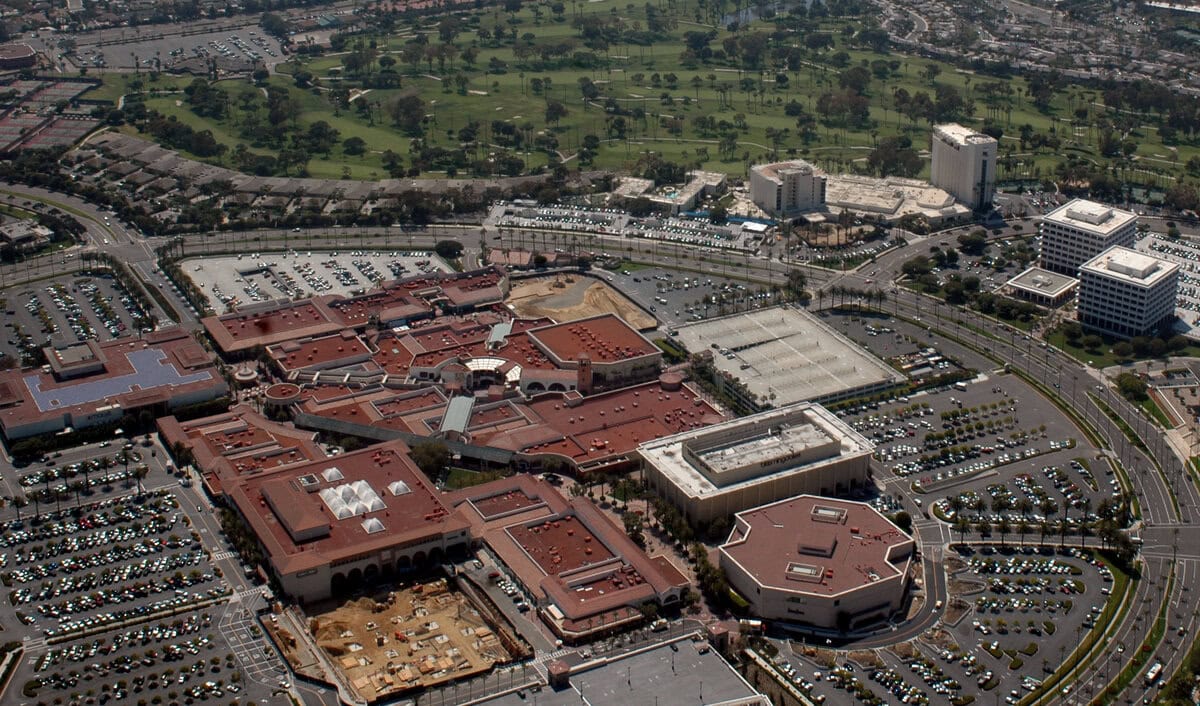
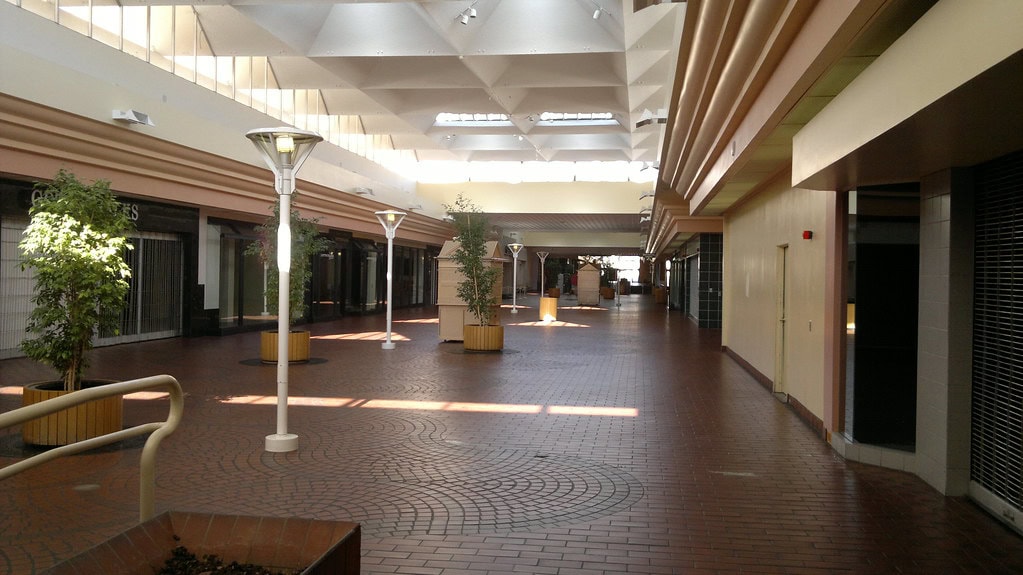
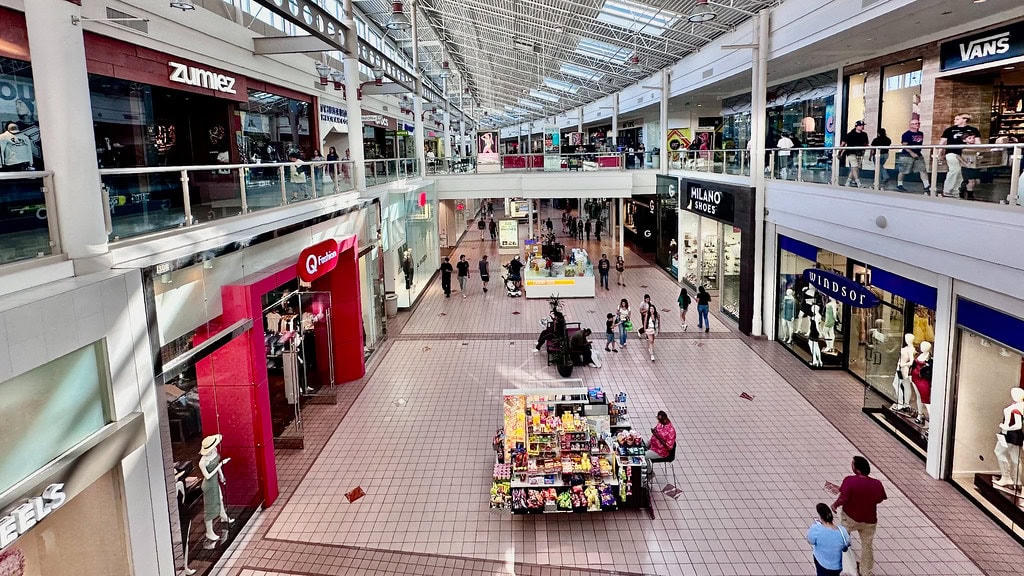
I have alot of great memories growing up as a kid at that mall.
Thank you for sharing your fond memories of Puente Hills Mall. Your comment adds a layer of nostalgia that many of us can relate to.
While attending college, I worked part time at the ice cream place there.
I am surprised it wasn't mentioned how the Covid pandemic negatively effected the mall.
Thank you for sharing your experience with Puente Mall, from holiday shopping to working part-time. Your comment highlights the mall's role as not just a shopping destination but also a place of employment and social interaction. Unfortunately, the Covid pandemic has significantly impacted malls and retail spaces globally, and Puente Hills Mall is no exception.